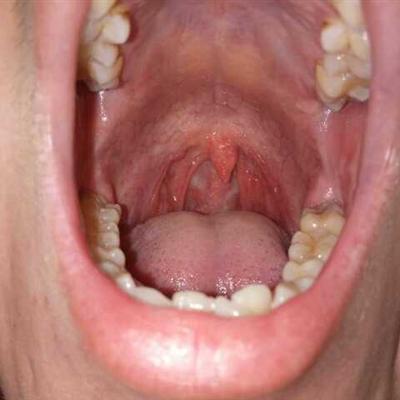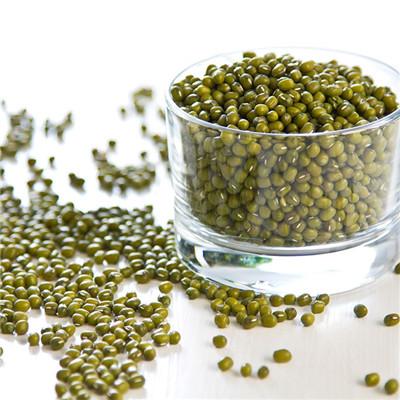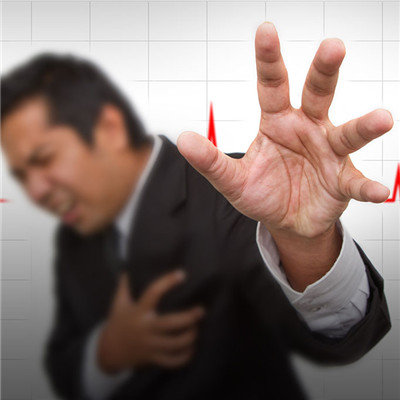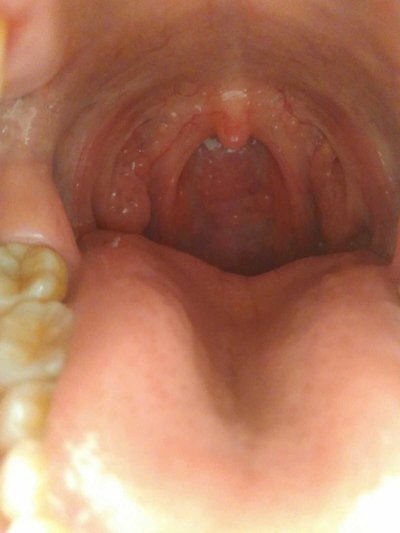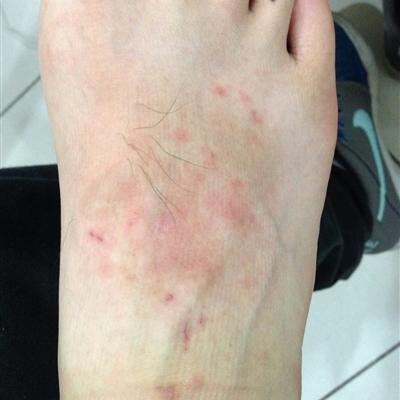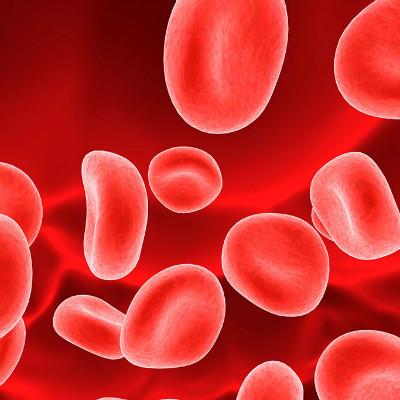Symptomatic treatment of pulmonary hypertension
summary
Pulmonary hypertension refers to the patients whose mean pulmonary artery pressure is > 3.33kpa (25mmhg) at rest or > 4kPa (30mmhg) during exercise. Since pulmonary vascular resistance is the ratio of the difference between mean pulmonary arterial pressure and mean pulmonary venous pressure and pulmonary blood flow, that is, mean pulmonary arterial pressure is the sum of mean pulmonary venous pressure plus the product of pulmonary vascular resistance and pulmonary blood flow, all factors causing the increase of pulmonary venous pressure, pulmonary blood flow and pulmonary vascular resistance can cause pulmonary hypertension. Pulmonary hypertension is divided into primary and secondary. Symptom treatment of pulmonary hypertension
Symptomatic treatment of pulmonary hypertension
Exertional dyspnea: due to the decline of pulmonary vascular compliance, cardiac output can not increase with exercise, dyspnea after physical activity is often the earliest symptom of pulmonary hypertension.
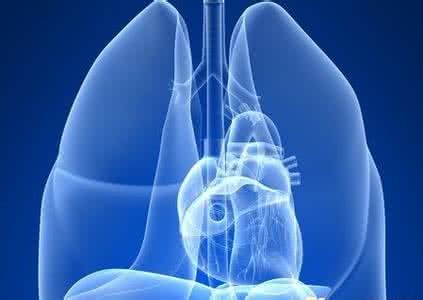
Syncope: it is caused by the sudden decrease of blood supply to brain tissue. It is common after exercise or when standing up suddenly. It can also be caused by large embolus blocking the pulmonary artery, sudden spasm of small pulmonary artery or arrhythmia.
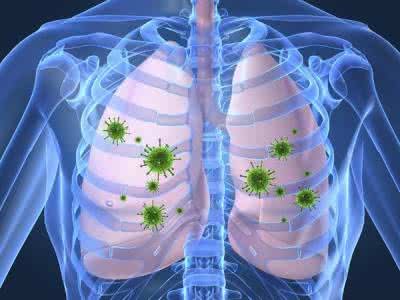
Angina pectoris or chest pain: due to right ventricular hypertrophy, coronary artery perfusion is reduced, myocardial relative blood supply is insufficient. Chest pain may also be caused by angiomatous dilatation of the main or main branches of the pulmonary artery.
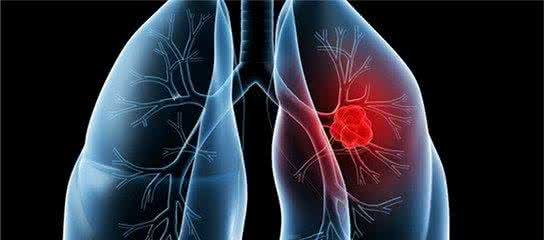
matters needing attention
1. Adjust daily physical activity appropriately. It is not clear whether physical activity can delay the development of pulmonary hypertension, but the intensity of physical activity should not appear symptoms (such as dyspnea, syncope and chest pain), and activities should be avoided after meals, when the temperature is too high or too low. Appropriate adjustment of daily activities can improve the quality of life and reduce the occurrence of symptoms. 2. Avoid high altitude areas. Hypoxia can aggravate pulmonary vasoconstriction in patients with pulmonary hypertension, and mild Hypobaric Hypoxia Zone is from 1500 meters to 2000 meters above sea level. Therefore, it is suggested that patients should avoid such areas. The environment on commercial aircraft is similar to the altitude of 1500 m to 2500 m. patients should be advised to take oxygen when riding.





